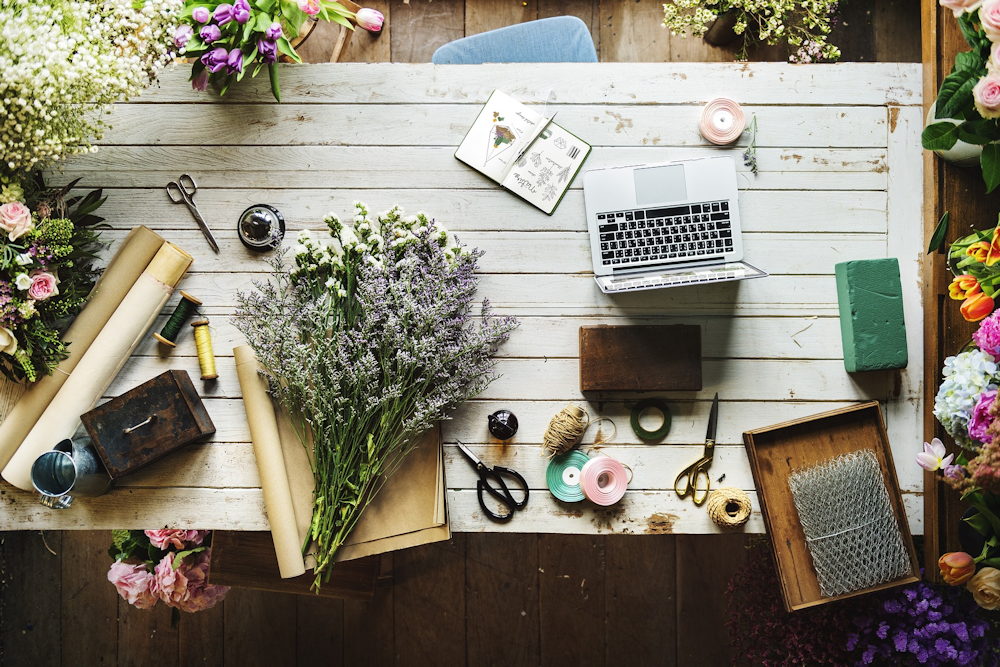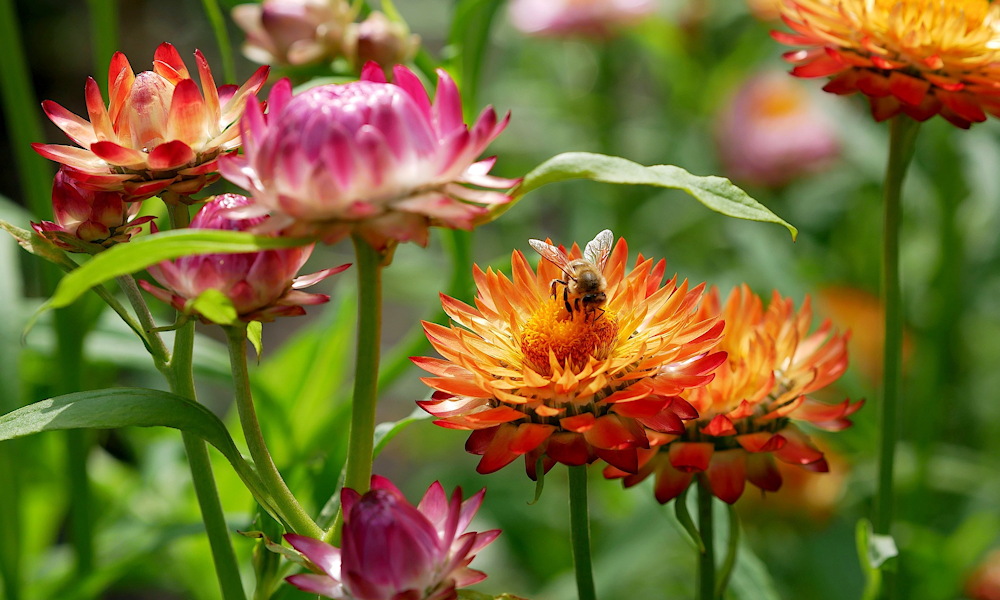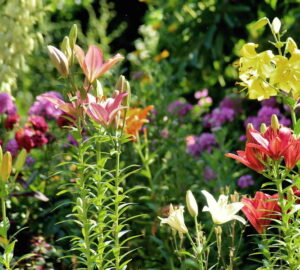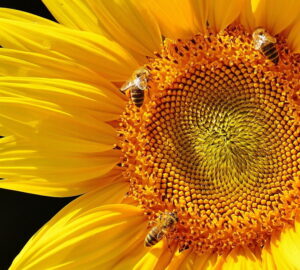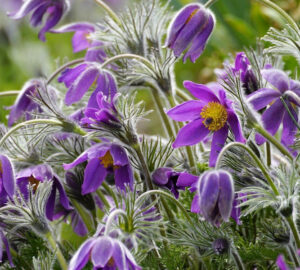Dried flower bouquets have surged in popularity, transforming simple garden blooms into long-lasting home decor. But did you know that many garden owners are unaware of the potential their plants hold for creating these stunning arrangements? This article will delve into the history of dried flower bouquets, highlight ten garden plants perfect for drying, and offer useful tips for crafting beautiful dried flower arrangements.
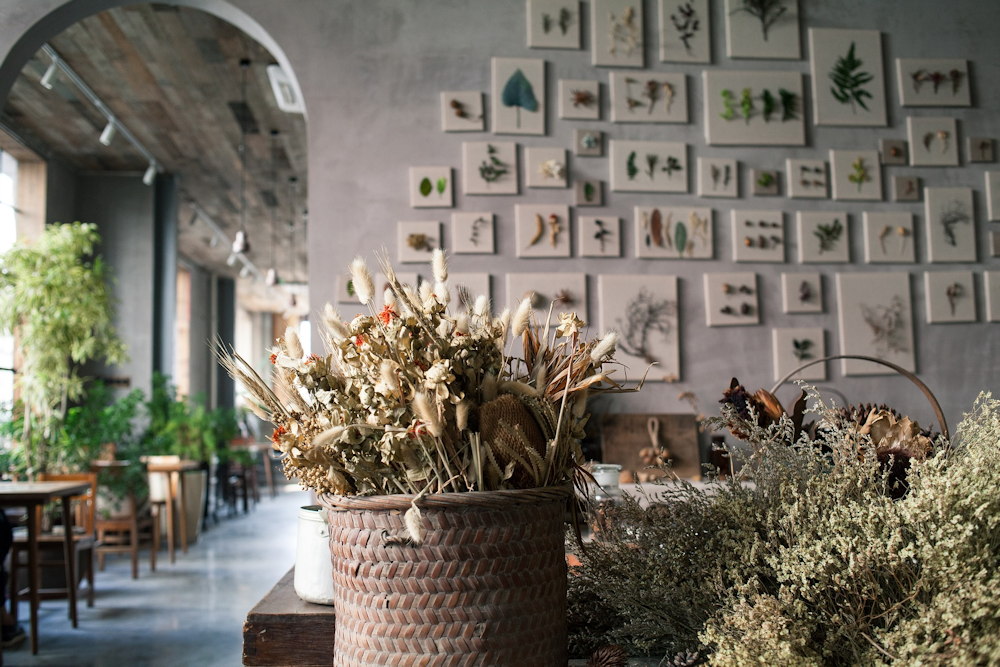
The History of Dried Flower Bouquets
The tradition of drying flowers dates back to ancient civilizations, where Egyptians, Greeks, and Romans used dried flowers for both medicinal and decorative purposes. However, it wasn’t until the Victorian era in the 19th century that the practice truly became fashionable. Victorians were known for their love of floriography – the language of flowers – and dried flowers were cherished for their ability to convey sentiments long after fresh blooms had faded. Today, dried flower arrangements have seen a resurgence, appreciated for their sustainability, rustic charm, and the timeless beauty they bring to any space.
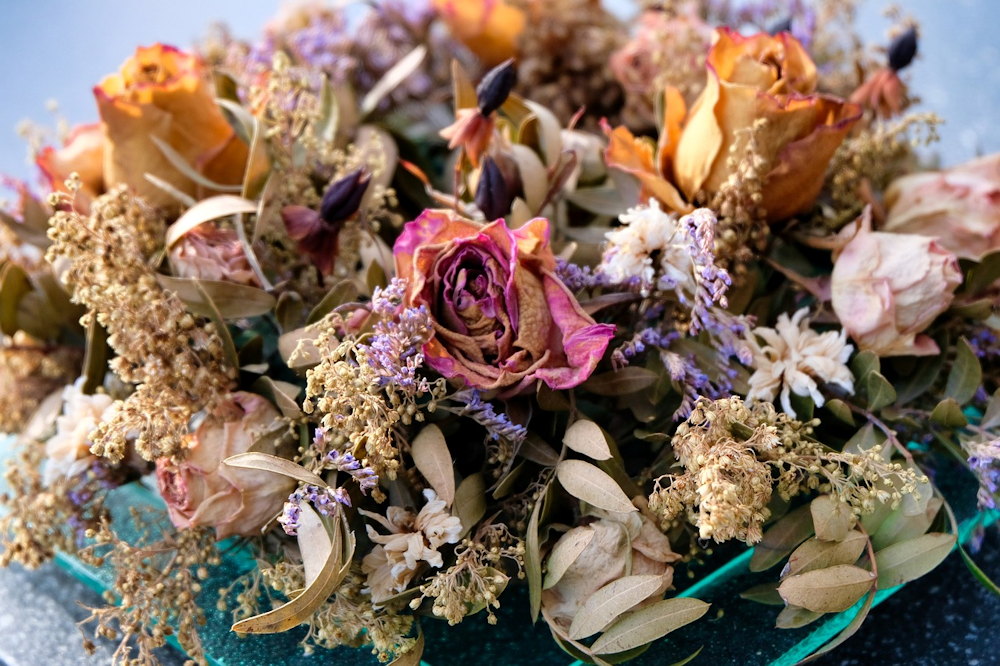
Ten Garden Plants Perfect for Dried Flower Bouquets
Lavender (Lavandula)
Lavender is renowned for its calming fragrance and beautiful purple hues. Its sturdy stems and long-lasting scent make it a perfect choice for dried arrangements.
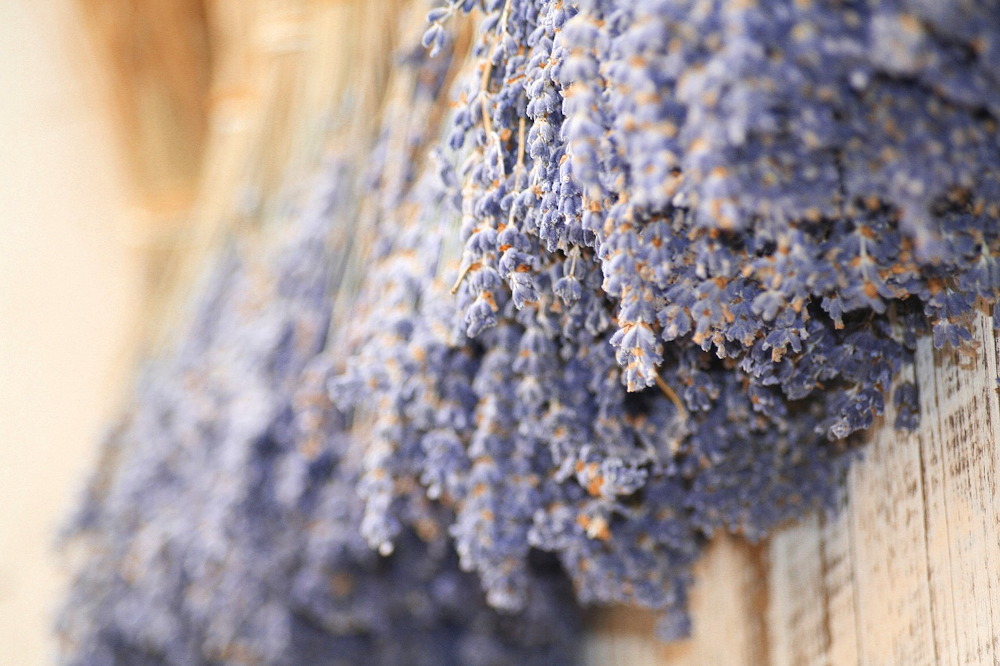
Statice (Limonium)
Statice, also known as sea lavender, retains its vivid colors when dried and adds a lovely texture to arrangements. Its papery flowers are highly durable, making it a favorite among crafters.
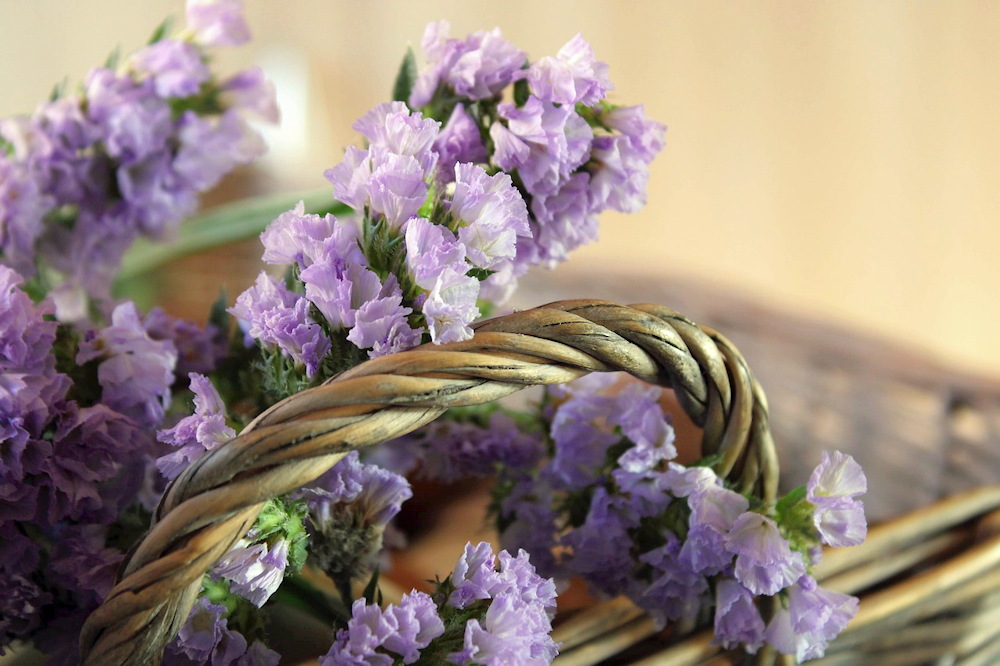
Roses (Rosa)
Roses are classic favorites, and when dried, they bring a timeless beauty to bouquets. Their delicate petals and rich colors add a romantic touch to any arrangement.
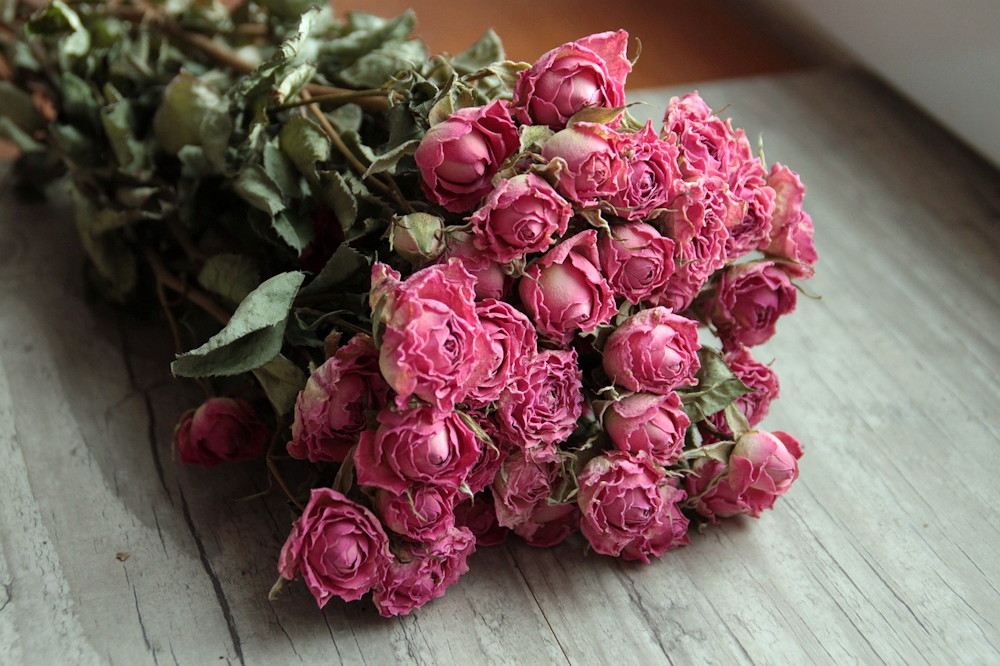
Baby’s Breath (Gypsophila)
Baby’s Breath is ideal for filling gaps and adding a light, airy feel to dried bouquets. Its tiny white blossoms retain their form and color well when dried.
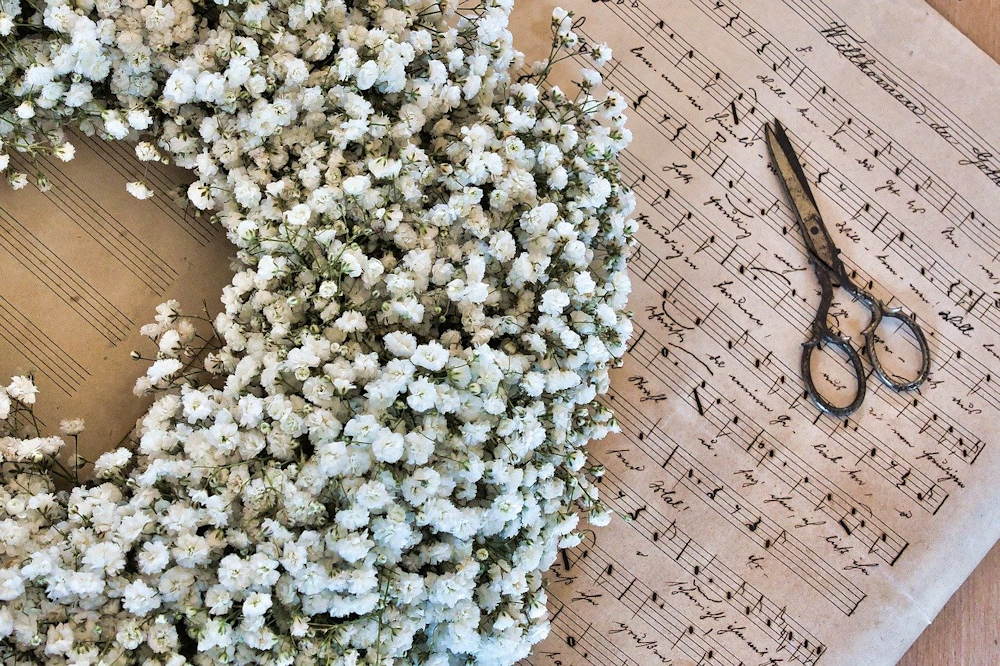
Eucalyptus (Eucalyptus spp.)
Eucalyptus leaves, with their silver-green hue and refreshing scent, are perfect for adding greenery to dried arrangements. They dry beautifully and can last for years.

Strawflower (Xerochrysum bracteatum)
Strawflowers have a unique, papery texture and come in a variety of vibrant colors. Their durability and striking appearance make them a popular choice for dried arrangements.
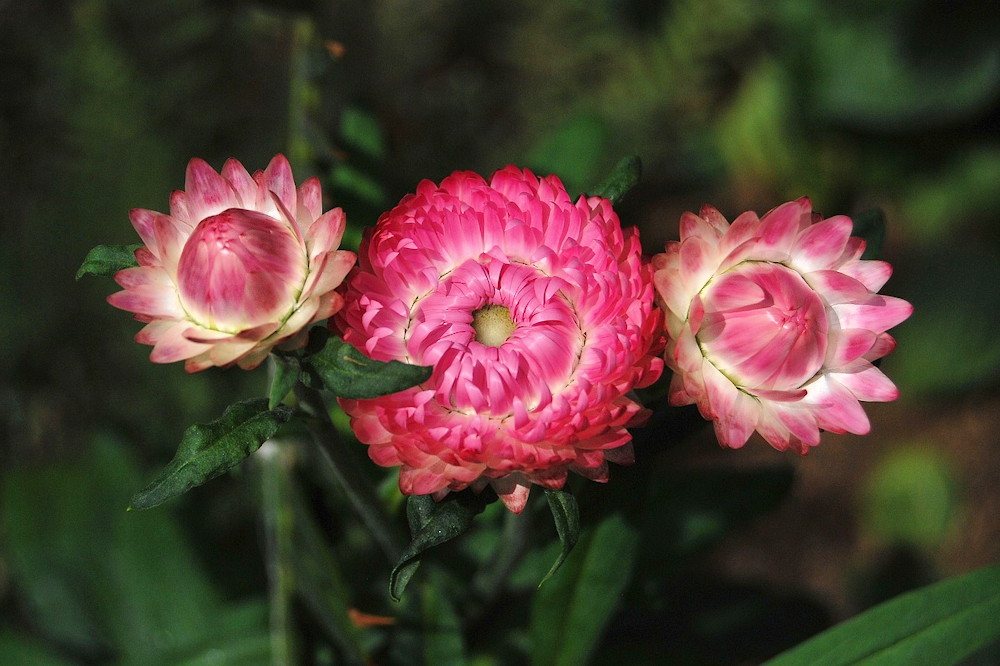
Love-in-a-Mist (Nigella damascena)
Love-in-a-Mist features delicate, lacy foliage and charming blue, white, or pink flowers. Once the flowers fade, they form unique, decorative seed pods that are perfect for drying. These seed pods add an intriguing architectural element to dried arrangements, offering a whimsical and airy touch that complements other dried flowers beautifully.

Globe Amaranth (Gomphrena globosa)
Globe Amaranth is known for its clover-like, brightly colored blooms. These flowers retain their color exceptionally well when dried, making them perfect for vibrant arrangements.
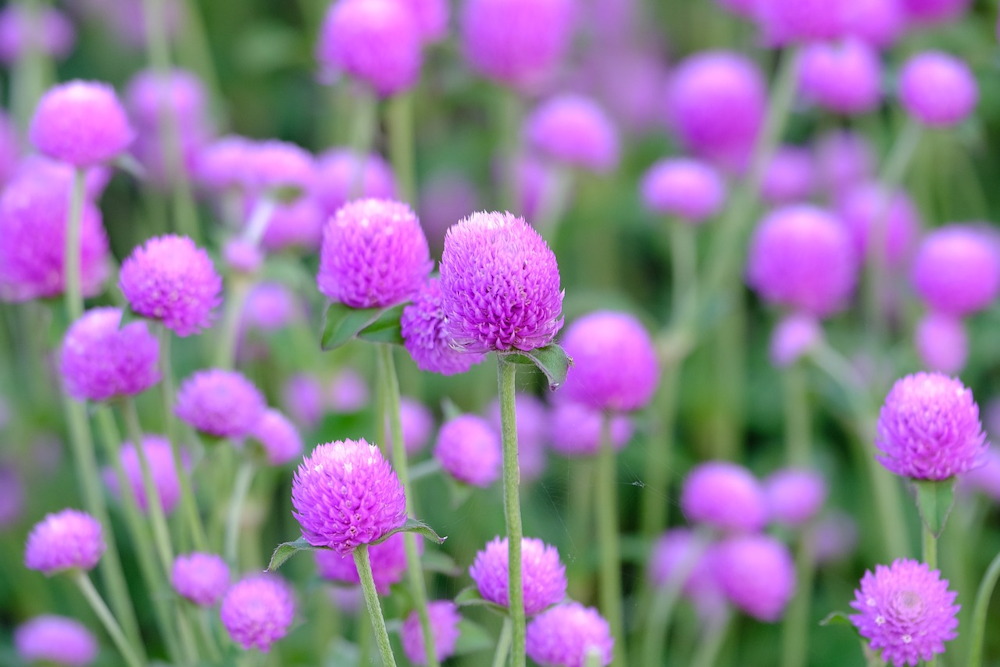
Celosia (Celosia argentea)
Celosia, particularly the cockscomb variety, has a unique, brain-like appearance and retains its vivid colors when dried. It adds an exotic, textured element to bouquets.
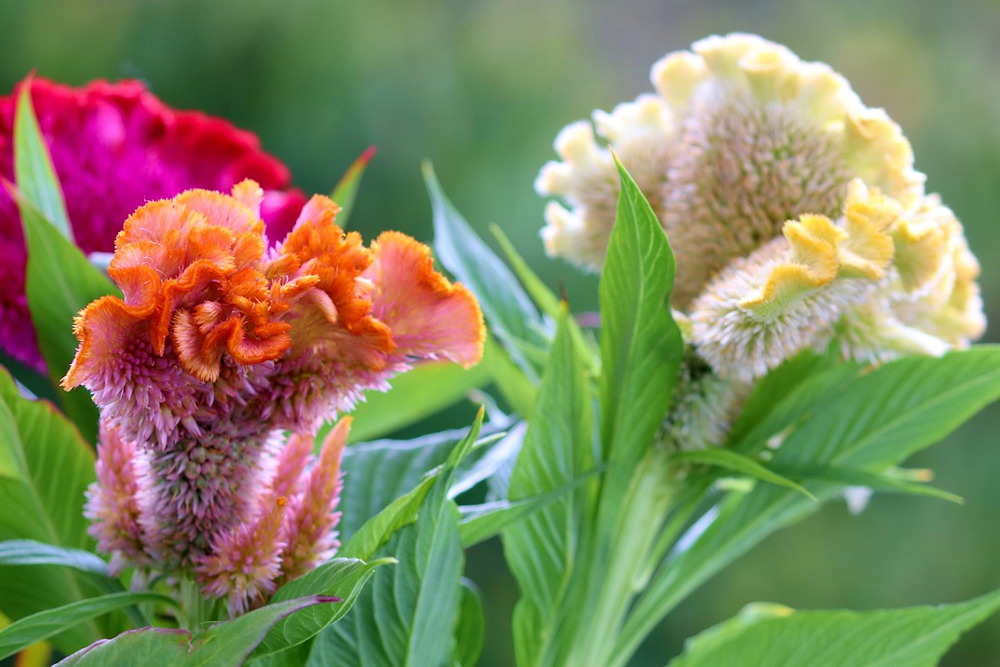
Golden Everlasting (Helichrysum bracteatum)
Golden everlasting is cherished for its bright, papery flowers that come in various colors, including yellow, orange, and red. These blooms retain their vibrant hues and structure when dried, making them an excellent choice for long-lasting floral arrangements. Their durability and striking appearance add a pop of color and texture to any dried bouquet, enhancing its visual appeal and longevity.
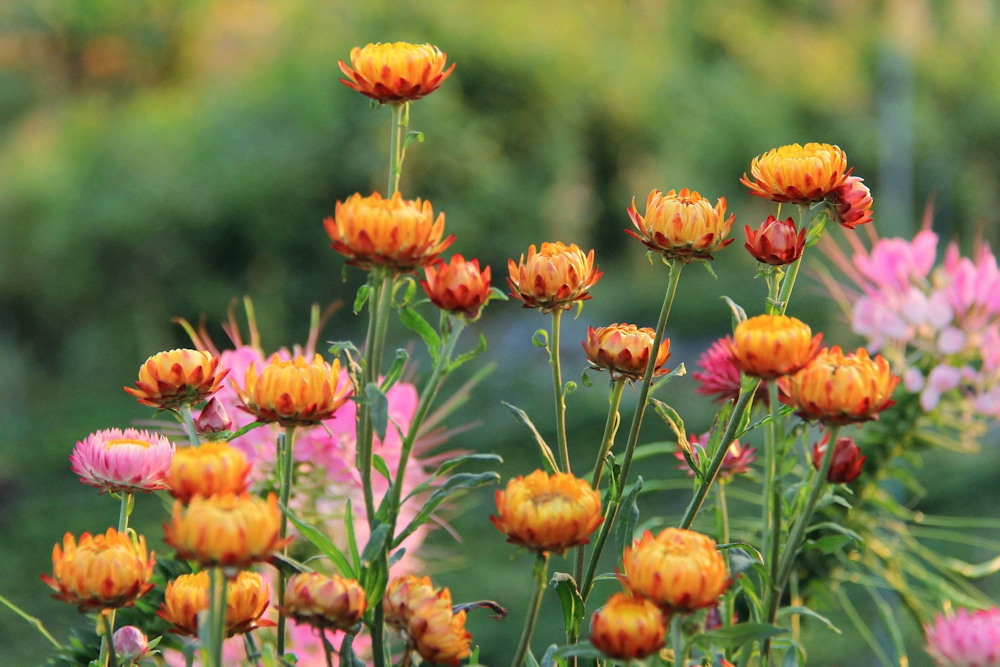
Tips for Making Dried Flower Arrangements
- Choose the Right Time to Harvest: Pick flowers at their peak bloom for the best color and form. Early morning, after the dew has dried, is the ideal time for harvesting.
- Proper Drying Techniques: Air drying is the most common method. Hang flowers upside down in a dark, dry, and well-ventilated area to preserve their shape and color.
- Avoid Direct Sunlight: While drying, keep flowers away from direct sunlight to prevent fading. A dark, cool place helps retain vibrant colors.
- Use Silica Gel for Delicate Flowers: For more delicate blooms, silica gel can help preserve their shape and color more effectively than air drying.
- Combine Textures and Colors: Mix different textures and colors to create visually appealing arrangements. Combine bold blooms with delicate fillers for balance.
- Handle with Care: Dried flowers are more brittle than fresh ones. Handle them gently to avoid breakage, and use floral wire to support stems if needed.

Creating dried flower bouquets is an art that brings the beauty of your garden into your home year-round. By selecting the right plants and following these tips, you can craft stunning arrangements that celebrate the enduring charm of dried flowers. Happy crafting!
